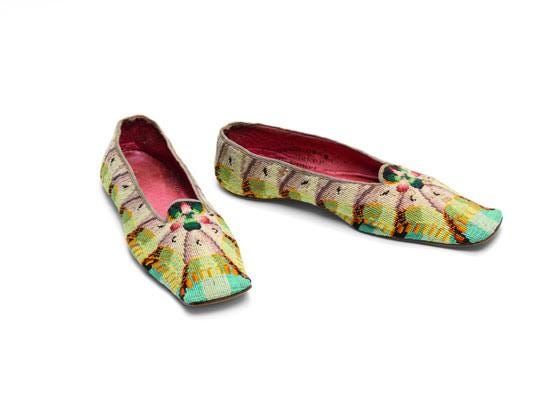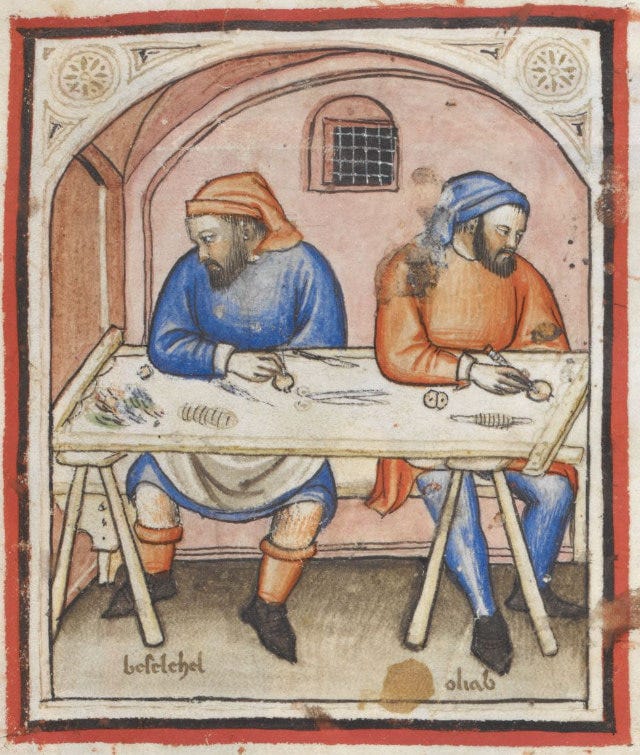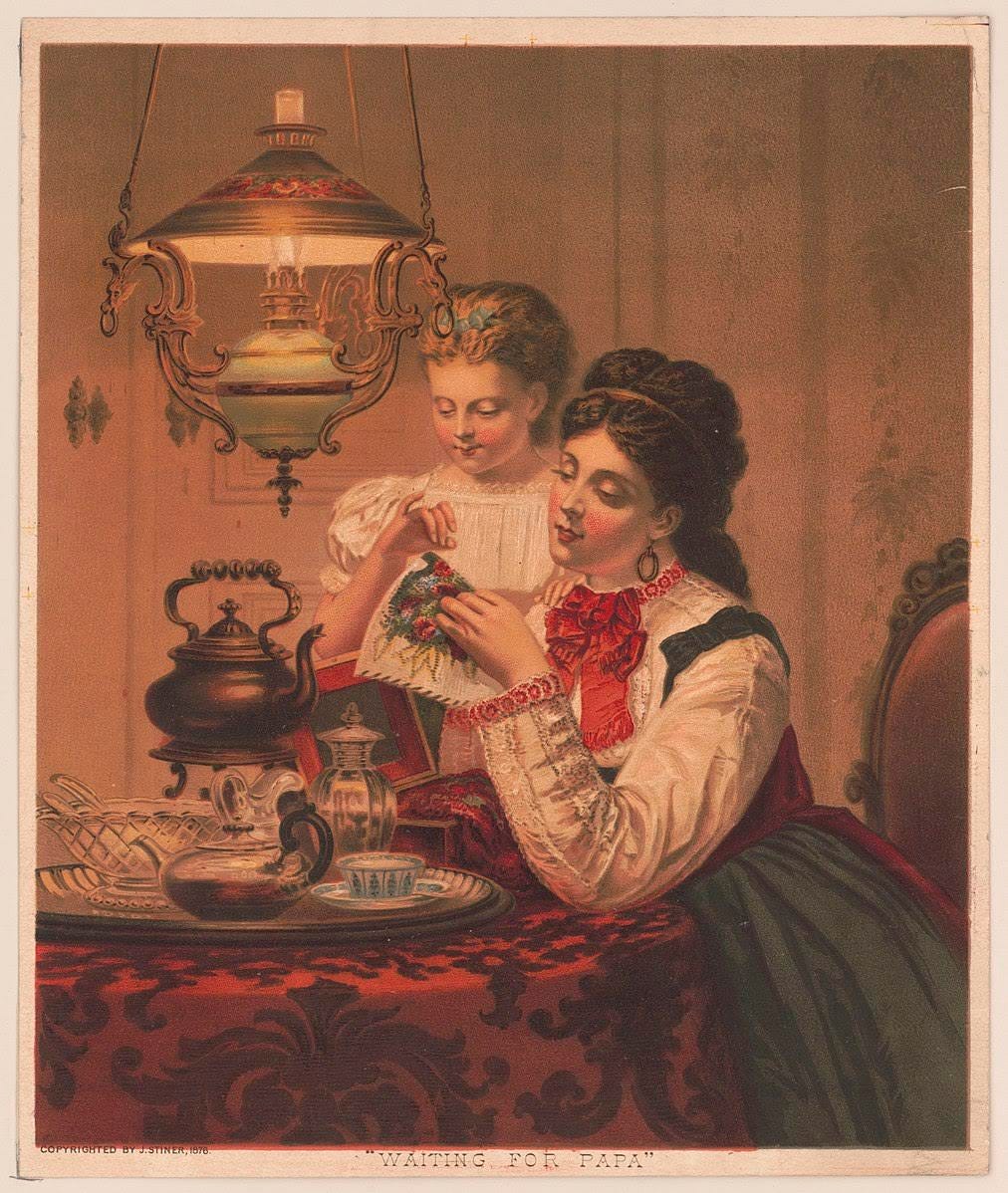VICTORIAN EMBROIDERY
19th century sewing culture was a product of misogyny--until it became a rebellion.
For as long as humans have had cloth, we have been prone to decorating it with embroidery. Samples of Ancient Chinese and Egyptian embroidery date back to 1523 B.C.E, and by the year 672 B.C.E. Egyptians made written references to the ornamentation of animals and figures made from gold and cotton thread. Embroidery was not only something to be done with one’s hands; it was a craft to be carefully documented, studied as a vital piece of the visible world. Much of our current culture that pertains to embroidery, however, is of far more recent invention. It hails from mid-19th century England, where an obsession with embroidery seized the Victorian masses.
Technically speaking, the 19th century is when embroidery, which was already a decorative art, became decorative almost beyond belief. The period gave rise to embroidered ribbon, ornamental smocking, pictures made from ‘art’ or ‘fancy’ needlework, and, in the latter half of the century, Berlin wool work, a form of embroidery similar to that which we now call needlepoint. In the philosophical sense, Victorian England is where we begin to see many ideas about the inherent femininity of embroidery born. Now, it is true that Victorian women, particularly those of the upper-middle classes, spent a lot of time embroidering. There was nothing that they wouldn’t embroider, and they were particularly infatuated with Berlin wool work which allowed every item in their world to become a canvas for their work. Purses, shoes, gloves, footstools, chairs, blankets, baby items–you name it, they sewed upon it!
The Victorians were obsessed with reviving Mediaeval culture, and embroidery had thrived in Mediaeval England. Between the 11th and 14th centuries, England acted as an incubator for many developments in embroidery. Embroidery was seen as an essential means of elevating the grim, secular world towards the heavenly plane, and it was prized as highly as painting and woodwork in the Middle Ages. As is the case with most Mediaeval craft, embroidery was done by organised guilds attached to noble houses, monasteries, and nunneries. These guilds were comprised of both male and female craftspeople.
Victorians were prone to taking a revisionist lens to the parts of the past that they loved, and in the countless histories of embroidery that were published in the 19th century, male writers often emphasised embroidery as a traditionally and inherently feminine craft. Embroidery is presented as something that is essential to women, and there is this idea that women naturally want to be embroidering all the time. (Look…my hobbies would indicate that this isn’t necessarily untrue…but it is reductive!). In fact, many widely disseminated fairytales of Mediaeval maidens locked away in towers, whiling away their wasted hours with sewing are Victorian inventions, not age-old fables!
There was a certain comfort in these tales, old or not, as rapid industrialisation upset long-standing balances of power in England. Victorian society faced what Dostoyevsky referred to simply as ‘the woman question,’ which was, less simply, the issue of how women should work, bank, shop, educate themselves, travel, have sex, and generally behave in a modernising world.
Falsified stories of the femininity of embroidery were made as a subtle indication that women could be happily locked up inside, keeping their hands occupied while men went out to experience the burgeoning world outside their doors. This is made readily apparent in the 1876 plate ‘Waiting for Papa,’ just one of hundreds of Victorian variations upon this theme, in which a mother and daughter (or perhaps two sisters) sit with their Berlin wool work, patiently waiting for their father figure to return home. They sit in near darkness, softly smiling faces illuminated by the overhead lamp, their teacups and punch bowl empty–they are fulfilled enough by their sewing. Not only is the Victorian idea of inherently feminine embroidery damaging to women, it also removes the collective and collaborative nature of embroidery that was critical to the Mediaeval tradition, making a woman’s world lonelier still.
Keep reading with a 7-day free trial
Subscribe to OLD FASHIONED to keep reading this post and get 7 days of free access to the full post archives.





